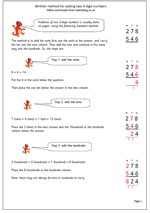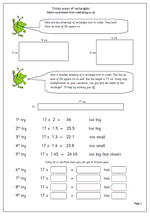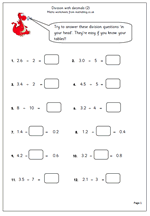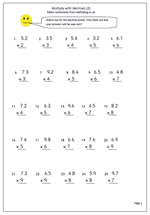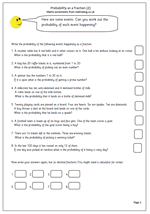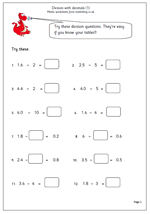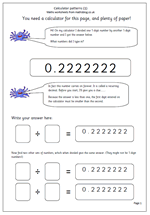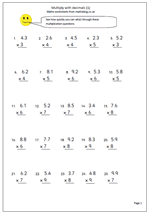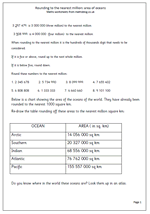This is a year 6 revision sheet to help children who are still not confident with adding. The method implies a good understanding of place value. At one time it was fashionable for schools to use square paper to carry out written sums but this has tended not to be the case in recent years, making it harder for children to line the numbers up correctly.
When using the standard written method of addition it is important to lay the sum out correctly, keeping the columns neatly in line. The method is to add the units first, put the units in the answer and ‘carry’ any tens into the tens column, underneath the answer. Then add the tens in the same way, remembering to include any ten which has been carried forward from the units. finally add the hundreds in the same way.
